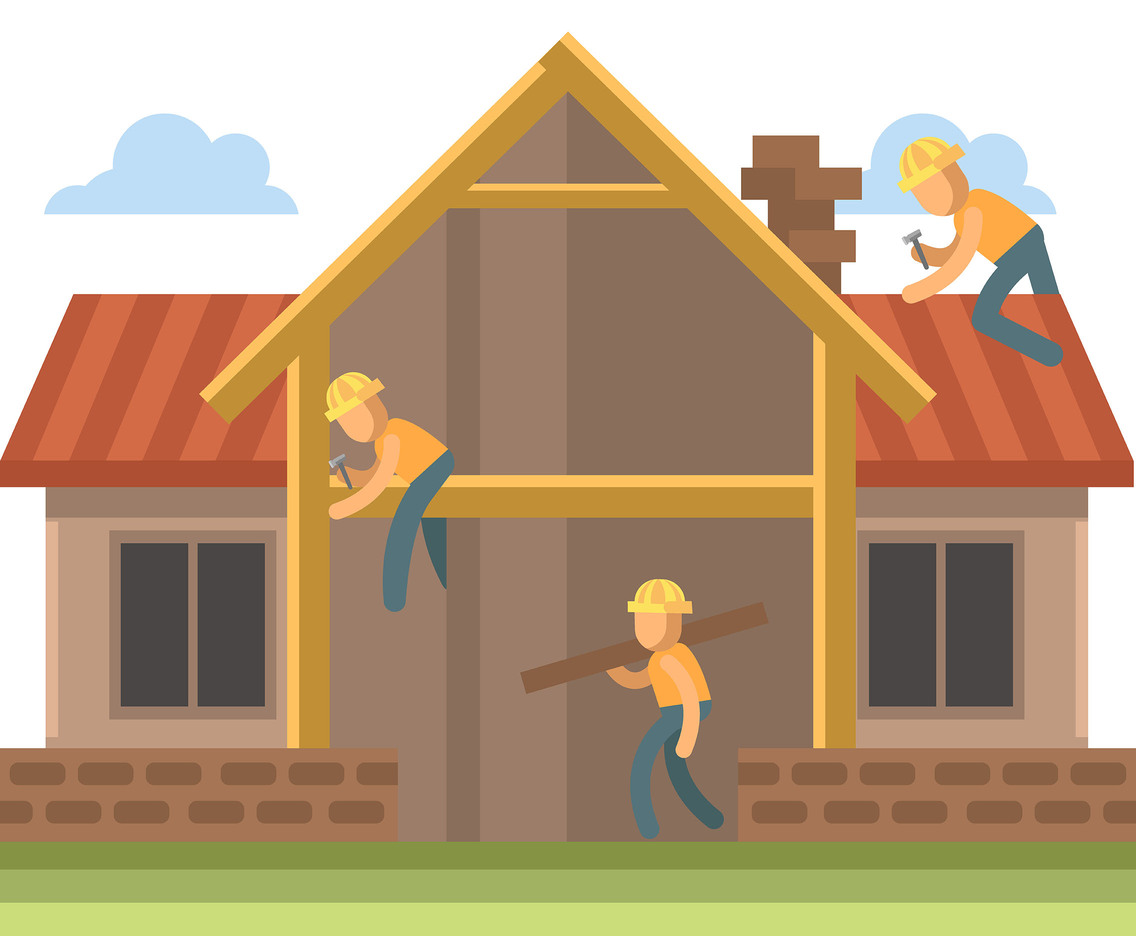Bathroom renovations are home improvement initiatives geared toward enhancing the functionality, aesthetics, and overall consolation a WC. Renovations can range from easy beauty upgrades to more extensive overhauls, relying on the goals and budget of the home-owner. Here are some key elements of loo renovations:
Planning and Design:
Begin with careful planning and design to find out the scope of the renovation. Consider your targets, price range, and the existing format of the lavatory.
Budgeting:
Establish a finances that outlines how much you're willing to spend on the renovation. Be certain to account for potential sudden bills.
Cosmetic Upgrades:
Cosmetic changes can embody changing fixtures (sinks, taps, lighting, and so forth.), updating paint or wallpaper, putting in new tiles or flooring, and including ornamental parts like mirrors and art work.
Functional Upgrades:
Functional upgrades could contain changing or upgrading the toilet, bathtub, bathe, or self-importance to improve performance and efficiency.
5. Layout Changes:
More extensive renovations might involve changing the format of the bathroom. This could include moving fixtures, reconfiguring the house, or increasing the lavatory.
Plumbing and Electrical Work:
Changes to the structure or fixture replacements might require plumbing and electrical work, which ought to be carried out by licensed professionals.
Waterproofing:
Proper waterproofing is crucial to forestall water injury. This could contain sealing surfaces, installing waterproof membranes, or utilizing waterproof supplies.

Accessibility Features:
If wanted, consider adding accessibility options like grab bars, walk-in showers, and decrease sinks for people with mobility challenges.
Lighting:
Proper lighting can improve the atmosphere and performance of the lavatory. Consider task lighting for grooming and accent lighting for aesthetics. Ventilation:
Ensure correct ventilation to stop moisture buildup and mold development. Installing an exhaust fan is a typical solution.
Sustainability:
Consider eco-friendly choices like low-flow taps and toilets, LED lighting, and sustainable building supplies.
Permits and Regulations:
Check native building codes and laws to determine whether or not permits are required for your renovation.
DIY vs. Professional Help:
Determine whether or not you'll deal with the challenge yourself (DIY) or rent professionals. More advanced renovations could require skilled tradespeople, like plumbers and electricians.
Timeline:
Set a realistic timeline for the challenge, as toilet renovations can vary in period. Be ready for potential delays as a result of unforeseen points or material availability.
https://remodelingspecialist.com and Final Inspection:
After the renovation is full, make positive that the toilet is completely cleaned, and conduct a last inspection to verify that everything meets your expectations.
Bathroom renovations can considerably improve the functionality and look of some of the incessantly used rooms in your home. Whether you're doing a minor makeover or a significant overhaul, careful planning and a focus to element are important to achieve a successful renovation. It's also necessary to work with professionals for duties that require expertise, like plumbing and electrical work, to ensure security and compliance with building codes..
